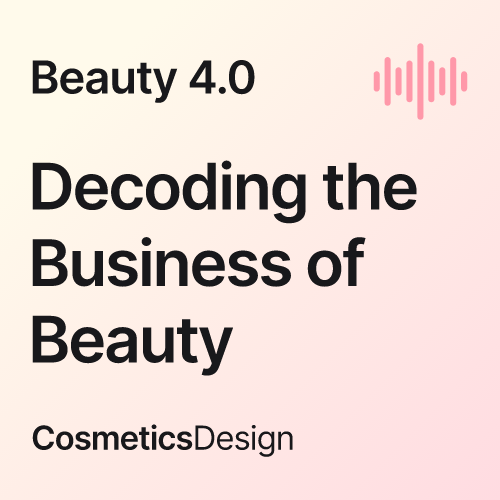Harmonised natural and organic standard gets mixed reception
Bioforum, Cosmebio, Ecocert, BDIH, ICEA and Soil Association published the draft document last month after six years of discussion between the competing certification bodies.
The standard is open for public consultation until January and, if all goes to plan, Cosmos will be fully launched by the end of 2009.
However, initial reaction from the industry suggests that there are still a number of grey areas and points of controversy to be resolved.
Organic Monitor held a workshop in London last week that reviewed the natural and organic standards currently on offer and critically reviewed the new Cosmos-standard.
Revealing grey areas
Judi Beerling, technical research manager at Organic Monitor, told CosmeticsDesign.com: “The draft standard appears to be easy to comply with but closer reading reveals tricky details and grey areas.”
Notably, water that is added during manufacturing is not considered organic. Products with high water concentrations such as body lotions or shampoos will therefore struggle to reach the required levels of organic content.
A common method of overcoming this clause is to use aloe concentrates or flower water. However, the Cosmos standard cuts off this shortcut stating that water cannot be calculated as organic irrespective of whether it is added directly or indirectly as mixtures with or components of other ingredients.
95 per cent organic content
To achieve Cosmos Organic certification a product must have 20 per cent organic content but to put the term organic in the product name the standard requires 95 per cent organic content.
Beerling called this the ‘Cosmos Conundrum’ and said she doubted whether consumers would be able to tell the difference between the two very different levels of certification.
David Bronner, the President of Dr Bronner Soaps, was also highly critical of the distinction calling the 20 per cent Cosmos Organic label ‘a weak “made with Organic” type standard’.
What about the US?
Bronner, who was involved in the development of the NSF International organic cosmetics standards, also criticised Cosmos for not being US friendly.
He told ComseticsDesign.com: “The organic content calculation method of Cosmos Organic does not conform with any US standard, whether USDA, NSF or OASIS, nor does it conform with California law.”
The Cosmos standard raised controversy not just in its content but in what was missing.
Beerling said there is so far no word as to whether cosmetic ingredients may be certified or whether the Cosmos seal will be reserved for finished products.
Logistical gray areas
The proposals were also silent on a number of logistical areas such as form filling and in particular there was no clarification on whether both paper work and standards would be harmonized.
However, Beerling was not entirely critical of the standard and praised it for tying up the disparities between the various certification bodies on green chemistry principles.
She also said Cosmos was wise to employ the precautionary principle on nanotechnology and to express a willingness to change its position when sufficient scientific evidence comes in to support its safety.




















